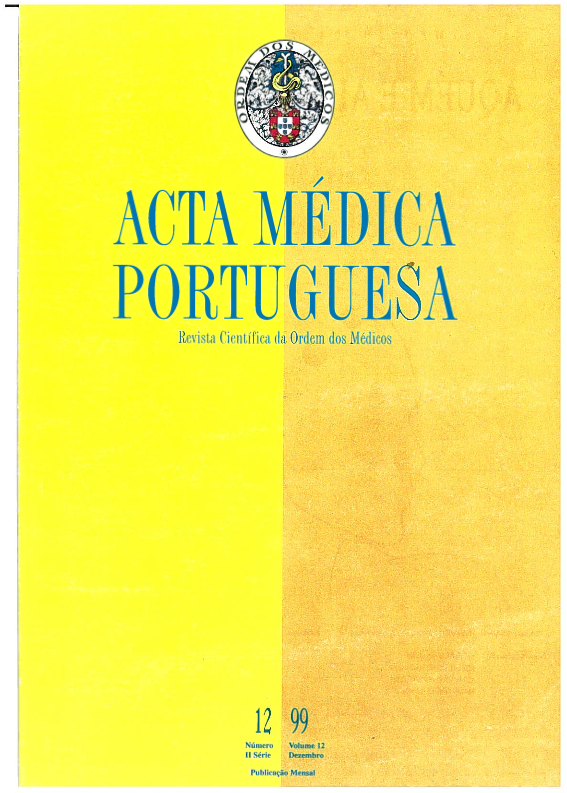Human leptospirosis. A short review concerning a caseload.
DOI:
https://doi.org/10.20344/amp.2168Abstract
Leptospirosis, a zoonosis with worldwide distribution, may have a broad spectrum of clinical manifestations that can delay the diagnosis, especially in wet climates where other conditions may dissimulate the main aspects. The authors describe 42 cases of patients with leptospirosis admitted to the Infectious Diseases Unit of a general hospital since 1990. The goal was to analyse epidemiological features, clinical manifestations, laboratory findings, treatment and evolution. There were 23 males (54.7%) and 19 females (45.2%), with ages ranging from 17 to 82 years. Most cases occurred in occupational settings, especially in those in contact with animals or stagnant water. All the cases had serological confirmation (by MAT or ELISA methods). Anicteric forms represented 42.9% of the total, which implies that in many cases a diagnosis is not immediately evident. The main symptoms, other than fever (97.6%) and jaundice (57.1%), were myalgia (71.4%), headache (42.8%) and nausea (33.3%). Renal involvement was common (52%), but the most severe forms occurred in 3 patients who required hemodialysis; followed by D.I.C. in 9.5%; meningitis in 4.7% and pulmonary involvement in 2.3% of the cases. The serovars most commonly identified were L. icterohaemorraghiae (28.5%), L. australis (14.3%), L. grippothyphosa (11.9%) and L. canicola (9.5%). The patients were treated with penicillin G (83.3%) or doxycyclin (9.5%). Two of them deceased (4.7%) and the remainder had a good evolution. The diagnosis of leptospirosis may be delayed if physicians fail to include this infection in the initial differential diagnosis. In view of this, the authors emphasize that when nonspecific clinical manifestations occur, a good epidemiological history is useful in proposing this diagnosis.Downloads
Downloads
How to Cite
Issue
Section
License
All the articles published in the AMP are open access and comply with the requirements of funding agencies or academic institutions. The AMP is governed by the terms of the Creative Commons ‘Attribution – Non-Commercial Use - (CC-BY-NC)’ license, regarding the use by third parties.
It is the author’s responsibility to obtain approval for the reproduction of figures, tables, etc. from other publications.
Upon acceptance of an article for publication, the authors will be asked to complete the ICMJE “Copyright Liability and Copyright Sharing Statement “(http://www.actamedicaportuguesa.com/info/AMP-NormasPublicacao.pdf) and the “Declaration of Potential Conflicts of Interest” (http:// www.icmje.org/conflicts-of-interest). An e-mail will be sent to the corresponding author to acknowledge receipt of the manuscript.
After publication, the authors are authorised to make their articles available in repositories of their institutions of origin, as long as they always mention where they were published and according to the Creative Commons license.









